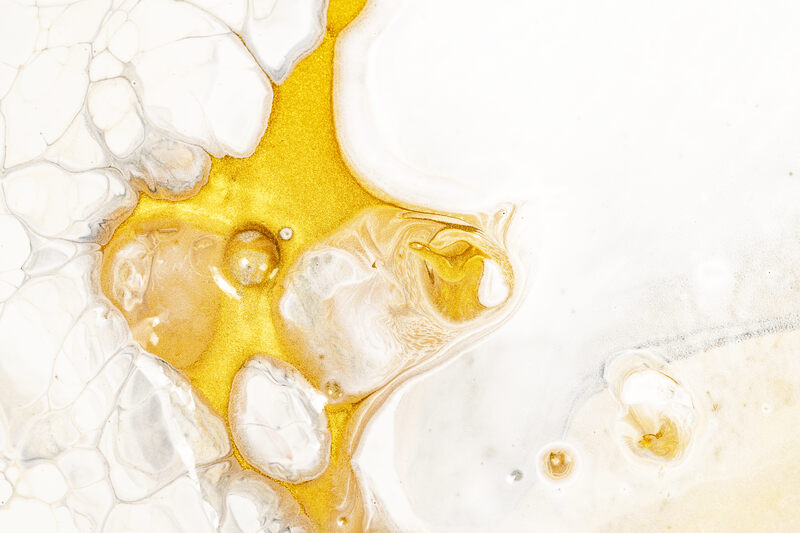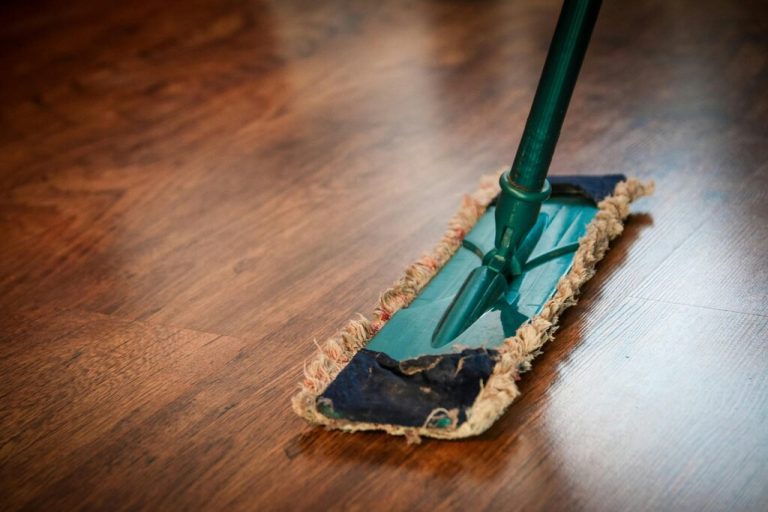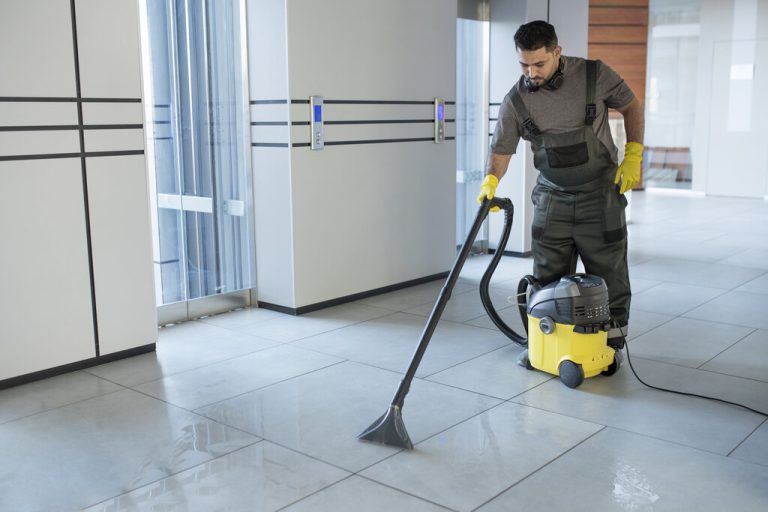Oil stains on carpets, apart from being unsightly, are also difficult to remove, especially after they have dried. That said, do you know how to get dried oil out of carpet?
In this article, we will discuss various methods of how to get dried oil out of carpet. From blotting to using commercial carpet cleaning products, we’ve got you covered.
Also learn about the precautions to take and how to prevent oil stains. Let’s make that carpet look pristine again!
Methods of How To Get Dried Oil Out Of Carpet?
Removing dried oil stains from carpets involves several effective methods, such as using household ingredients like bicarbonate of soda and vinegar, washing up liquid with water, and specialised commercial cleaning products designed for tackling stubborn oil stains. Here is a further explanation of the various methods of how to get dried oil out of carpet.
a. Blotting Method
The blotting method for removing dried oil stains from carpets involves using a kitchen roll to blot as much oil as possible, followed by gently scraping the residual oil with a filling knife and hoovering the area.
After blotting the oil stain with a kitchen roll to absorb the excess oil, it is essential to be careful during the scraping process to prevent spreading the stain further. Gentle scraping ensures that the carpet fibres are not damaged. Once most of the oil is removed, running the filling knife lightly over the stained area helps in picking up any remaining residue without causing harm to the carpet. This gentle approach also aids in maintaining the carpet’s texture and appearance.
b. Dish Soap and Water Method
Using the washing-up liquid and water method, combine the washing-up liquid with warm water to create a cleaning solution, then apply it to the stained area and follow up with surgical spirit for stubborn spots.
Once you’ve mixed the solution, it’s crucial to test it on an inconspicuous area of the carpet to ensure it doesn’t cause any damage.
When applying the solution to the stain, gently blot it with a clean cloth, starting from the outer edges and working your way towards the centre to prevent spreading the stain.
Surgical spirit can be especially effective for tougher stains like ink or blood, penetrating deep into the fibres to help lift the discolouration.
c. Baking Soda and Vinegar Method
The bicarbonate of soda and vinegar method is a natural and effective way to remove dried oil stains from carpets, starting with sprinkling bicarbonate of soda or cornflour over the stain to absorb the oil, and then applying vinegar to help break down the stain.
After applying the vinegar, allow the mixture to sit for 15-30 minutes to penetrate the stain and loosen it. Once the time has passed, gently blot the area with a clean cloth or sponge to absorb the loosened oil residue. For tougher stains, you may need to repeat the process or use a scrubbing brush to work the solution into the fibres of the carpet.
d. Commercial Carpet Cleaning Products Method
Using commercial carpet cleaning products is often recommended for tough oil stains, as they are specifically formulated to break down and remove stubborn stains effectively suggests hoovering after using any stain remover.
These commercial products come in a variety of forms, including sprays, powders, and foams, catering to different preferences. They are designed to target specific types of stains like pet urine, wine spills, or grease marks. It is crucial to follow the instructions on the product label to achieve optimal results.
Regular maintenance is key to preserving the carpet’s quality and appearance.
Precautions to Take When Removing Dried Oil Stains from Carpets
In addition to knowing how to get dried oil out of carpet, it is also important to note that when trying to remove dried oil stains from carpet, it is vital to take certain precautions to avoid damaging the carpet fibres and ensure effective stain removal, such as:
a. Avoid Rubbing the Stain
Avoid rubbing the stain as it can push the oil deeper into the carpet fibres, making it harder to remove and potentially damaging the carpet.
When you rub a stain, the friction can cause the particles to settle even further into the carpet, creating a more stubborn mark. This not only makes the cleaning process more challenging but can also lead to permanent damage if not handled correctly. Instead, gently blot the affected area with a clean cloth or kitchen roll to lift the stain without spreading it. Using the appropriate stain removers tailored to the specific type of stain can effectively break down and lift the residue without causing harm to the carpet fibres.
b. Test Products on a Small Area First
Before applying any cleaning solution to a large stain, it is always recommended to test the product on a small, inconspicuous area of the carpet to ensure it does not cause any discolouration or damage to the carpet fibres.
This simple yet crucial step can help you avoid potential disasters that may arise from using an incompatible product on your carpet. By conducting a patch test, you are essentially conducting a safety check to safeguard your carpet’s integrity.
c. Work from the Outside In
When dealing with an oil spill and subsequent stain removal, always work from the outside of the stain towards the centre to prevent the stain from spreading further into the carpet.
This technique is particularly useful because starting from the edges of the stain prevents the oil from seeping deeper into the fibres of the carpet. By gradually moving towards the centre, you allow the cleaning solution to tackle the concentrated area without the risk of spreading the stain. It’s essential to use gentle blotting motions instead of rubbing to avoid pushing the oil deeper into the carpet fibres. Working methodically from the outside in ensures that each part of the stain is treated thoroughly, leading to more successful stain removal outcomes.
How to Prevent Oil Stains on Carpets?
As well as how to get dried oil out of carpet, we will also provide you with information on preventative measures that can be taken, including:
a. Place Mats or Rugs in High Traffic Areas
Placing mats or rugs in high-traffic areas can significantly reduce the risk of oil stains on carpets, especially in areas where hardwood floors meet carpets.
Not only do mats and rugs act as a barrier, protecting your carpets from dirt and debris being tracked in, but they also add an element of style and warmth to your space. Rugs can help absorb sound, making your home quieter and more peaceful.
To optimise their protective benefits, consider placing mats at entryways, in front of sofas, and underneath dining tables. Regularly shaking out and vacuuming these mats will help prevent dirt build-up and prolong the life of your carpets.
b. Clean Up Spills Immediately
Cleaning up oil spills immediately using a kitchen roll and an appropriate stain remover can prevent the oil from seeping into the carpet fibres and causing a permanent stain.
After blotting up as much of the oil as possible with the kitchen roll, carefully apply the stain remover to the affected area. Allow the remover to sit for a few minutes before gently dabbing the spot with a clean cloth. Repeat this process until the stain fades away.
Remember to work from the outside of the stain towards the centre to prevent spreading. It’s crucial to act swiftly to tackle the spill before it penetrates deeper into the carpet and becomes more challenging to remove.
c. Use Cooking Oils Carefully
Using cooking oils carefully and ensuring they are properly stored can prevent accidental spills that lead to oil stains on carpets, reducing the need for household cleaning interventions.
One practical tip for handling cooking oils is to pour them slowly to avoid splashing. When storing oils, make sure the containers are tightly sealed to prevent leaks.
Addressing spills promptly is crucial to prevent stains. For minor spills on carpets, start by blotting the area with a clean cloth to absorb excess oil. Then, sprinkle bicarbonate of soda on the stain to help absorb the remaining oil before vacuuming. Following these simple steps can help maintain a clean and spill-free kitchen environment.
Here are the complete explanations of the guide on how to get dried oil out of carpet to the various preventive measures that can be taken. For instance, blotting the oil, applying dish soap, and using a carpet cleaner or a vinegar and baking soda mix are initial steps you can take. However, dried oil stains are tough to remove completely with DIY methods and often leave residue that attracts dirt.
This is why opting for professional carpet cleaning services is highly recommended. TEKA Cleaning uses advanced equipment from Karcher to thoroughly remove dried oil stains, ensuring your carpets are spotless and free from harmful allergens. Our professional services penetrate deep into the carpet fibers, providing a clean that DIY methods simply can’t achieve.
Don’t let stubborn stains ruin the appearance and health of your home. Book now or give us a call on 01233 751 544 to experience the superior cleaning services from TEKA Cleaning. Your carpets deserve the best care, and we are here to deliver it.
Read also:











